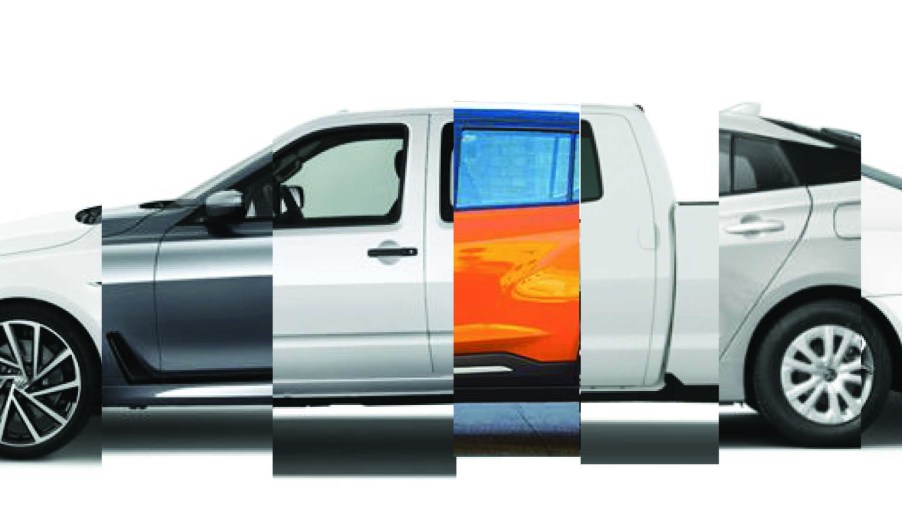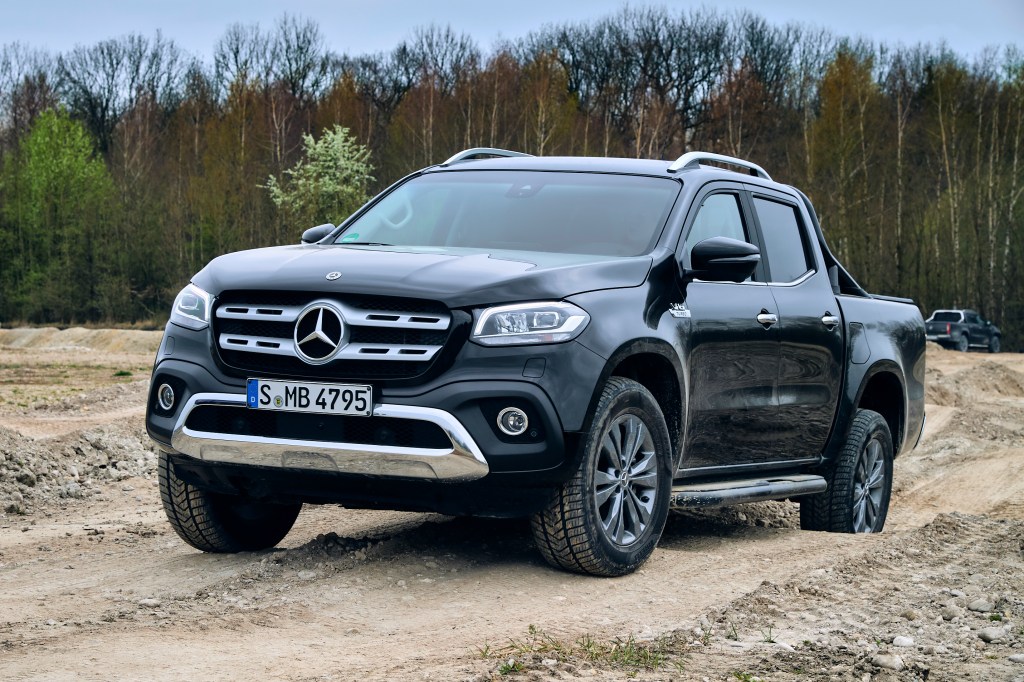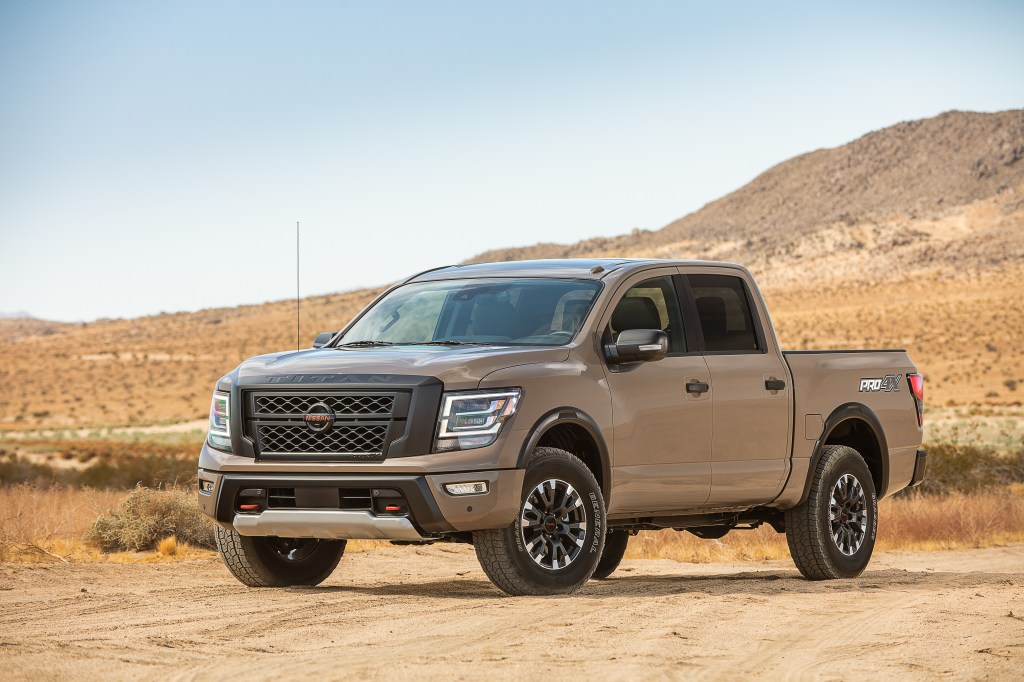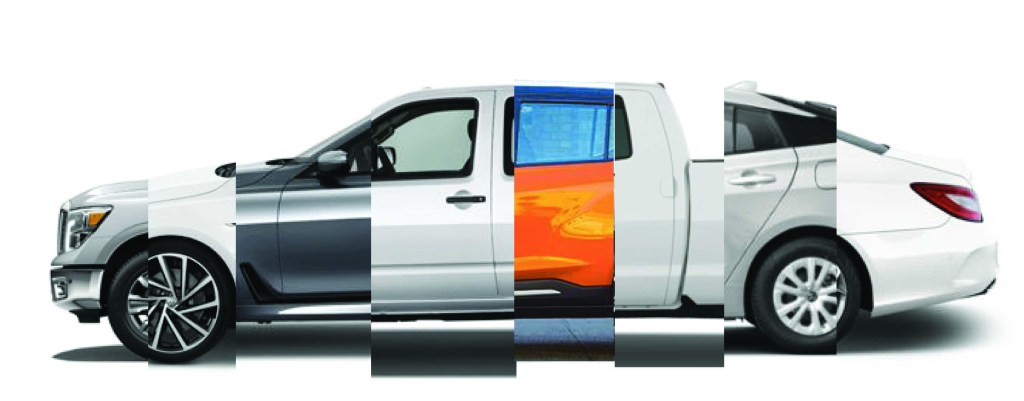
Japanese and European Vehicle Makers Have A Big Problem Now
Ford and GM have a huge advantage over their Japanese and German rivals. We’re seeing it in the number of Japanese companies in the hottest segments with the oldest models, and European companies rich in cars but almost nonexistent in trucks and SUVs. It took a while for this to happen, but US manufacturers are positioned much better. At least at the beginning of 2020.
Too many Japanese and European vehicle manufacturers are seeing their development money spread too thin to replace some very old models in some very hot segments. There is also a big problem with some of them not having models in the hottest US segments. And, while some are bailing out on models and engineering development to shift to electrification and autonomous driving, still others are trying to be everything to everybody with the obvious poor results. Profits are high, there are record vehicle sales, and no one is happy. What’s going on?
One problem is where are the European pickups?

In the US pickup trucks are the hottest segment going. But when you look at the European manufacturers: BMW, Audi, Mercedes, and Volkswagen; there is not a single pickup truck offered. VW does have the Tarok, but it’s a small pickup and not available in the US. Mercedes also has the X-class pickup, but it too is a midsize pickup not sold here. While all of these companies continue to produce a variety of cars and a few SUVs, they are all missing out on pickup sales to their detriment.
All of the European manufacturers also have their hands full trying to get ahead of the electrification wave that they see coming but has failed so far to arrive. Will the billions of dollars being invested ever generate a return, or is this just one big black hole? As of 2020 EV sales in Europe are at three percent.
Japan’s problem is will there ever be new Nissan and Toyota trucks?

As for the Japanese manufacturers, both Nissan and Toyota mostly stepped up with SUVs and pickups to help cover as many segments as possible in the US. Not so Mazda, Mitsubishi, and Subaru. But in the cases of Nissan and Toyota, both their midsize and full-size pickups are way out of date. US manufacturers have seen almost three cycles in some cases, of pickup generations while Toyota and Nissan remain with the same basic pickups.
The most curious is Nissan, which has not developed a new midsize pickup since 2004. Its Frontier only saw an exceedingly minor facelift in 2010. Suffice to say it has been a long, long time since we’ve seen a new Frontier.
As for its full-size Titan pickup, it gets worse. It debuted the new Titan in 2004, but besides a mild facelift in 2017, not much has been changed. To top it off the Titan is down to a single V8 engine for 2020. The diesel was discontinued in 2019, and no other engine is offered. Most other manufacturers have a range of gasoline and diesel variants for different applications, but Nissan doesn’t bother.

Too many cars to develop, not enough money for truck development
Part of the reason that both of these Japanese manufacturers haven’t raced to offer new pickups is that they are developing a long list of cars that the US manufacturers no longer make. These new car models sap time, talent, and money. Then, once the cars are manufactured there needs to be billions of dollars spent on marketing and advertising. It doesn’t leave room for a few more pickups and SUVs to be whipped up.
We keep hearing there will be new pickup trucks from both Nissan and Toyota, but the debuts continue to be blurred. As for the European companies, they are going all-in on electrification.



